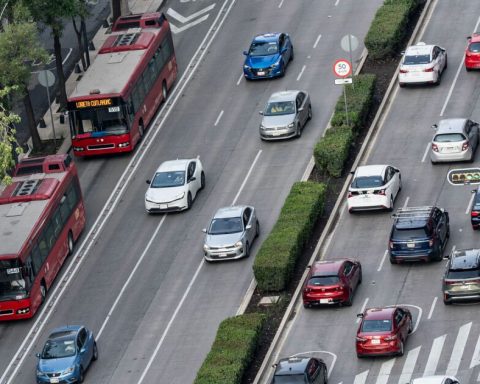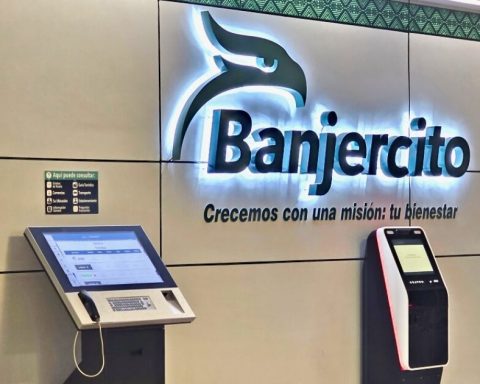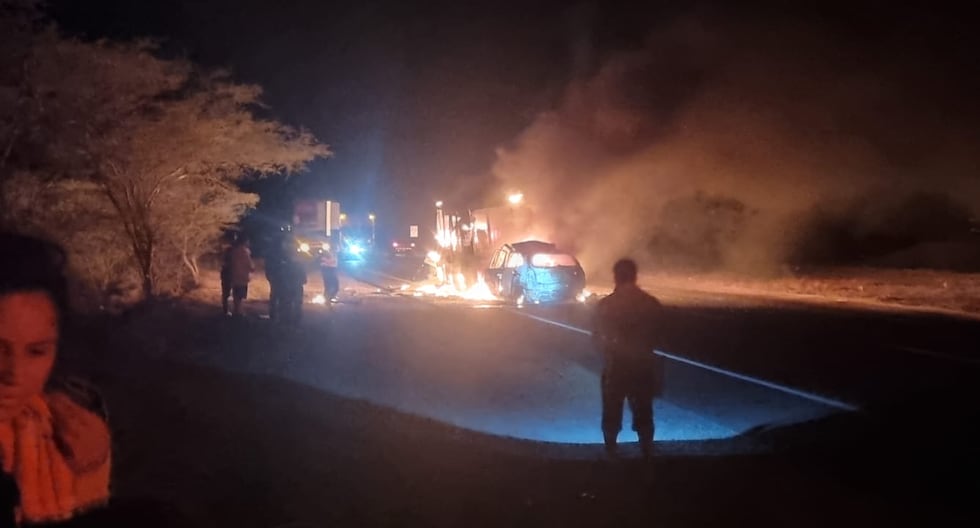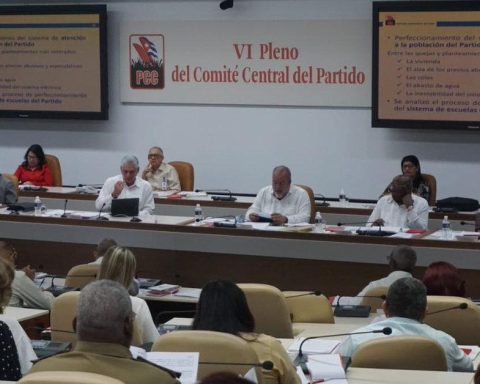Laura Poy Solano
The newspaper La Jornada
Monday, July 22, 2024, p. 3
Despite the federal government’s efforts to improve the conditions under which indigenous children, adolescents and young people access education, in the 2021-2022 school year, only 49.4 percent of monolingual children aged 12 to 14 attended school, compared to 91.2 percent of the rest of the population.
The report The right to education of the indigenous population of Mexico. Cycle 2021-2022prepared by the National Commission for the Continuous Improvement of Education (Mejoredu), highlights that gaps and inequalities prevail that directly affect the indigenous population and native language speakers in particular.
He points out that in 20 years, the average schooling of the indigenous population only improved by 2.2 grades, going from fourth grade of schooling in 2000 to 6.2 grades in 2020, while for the rest of the population it went from 7.7 to 10 years on average.
Since it takes around 10 years to raise the average schooling of the population by 1.1 grades, Mejoredu warns that It would take between 30 and 40 years for the indigenous population to reach the average level of schooling currently achieved by the rest of the population.
.
The states with the lowest average schooling among the indigenous population and indigenous language speakers are: Chihuahua, with 5.5 and 4.7; Chiapas, 6 and 5.7; Guerrero, 6.1 and 5.6; Veracruz, 6.5 and 5.6; Puebla, 6.7 and 5.8; Nayarit, 6.6 and 6.1; Durango, 6.7 and 6.3, and Oaxaca, 6.8 and 6. In these entities, the average level of schooling for the rest of the population was greater than 8.5 grades.
The main findings of the study include that the percentage of non-attendance at school among the indigenous population and indigenous language speakers aged 3 to 17 years was 19.9 and 23.3 percent, respectively, while for the non-indigenous population it was 15.9 percent.
By age group, Mejoredu reveals that in the indigenous population aged three to five, large segments do not attend school, but this is even more acute in the monolingual population, as only 51.8 percent attend school.
In children aged six to 11, although the highest school attendance is achieved, The difference is evident to the detriment of the monolingual group
as only 87.5 percent attend, compared to 95.6 percent of the rest of the population.
In the 12 to 14 age group, the differences are wider. The gaps between the rest of the population and indigenous population groups are of the order of 6.2 percent with the indigenous population; 11.2 percent with indigenous language speakers and 41.8 percent with the monolingual population.
.
In the 15-17 age group, the commission warns, the gaps between population groups become wider: Only 5.2 percent of the monolingual population attended school; while at the other extreme the indicator for the rest of the population was 74.3 percent.
.
By entity, the report reveals that the highest percentages of non-attendance at school for the indigenous population were Chihuahua (38.9 percent), Sinaloa (36.8), Colima (36.6), Zacatecas (32.4), Chiapas (26.7), Jalisco (26.6) and Guanajuato (26.1 percent).













